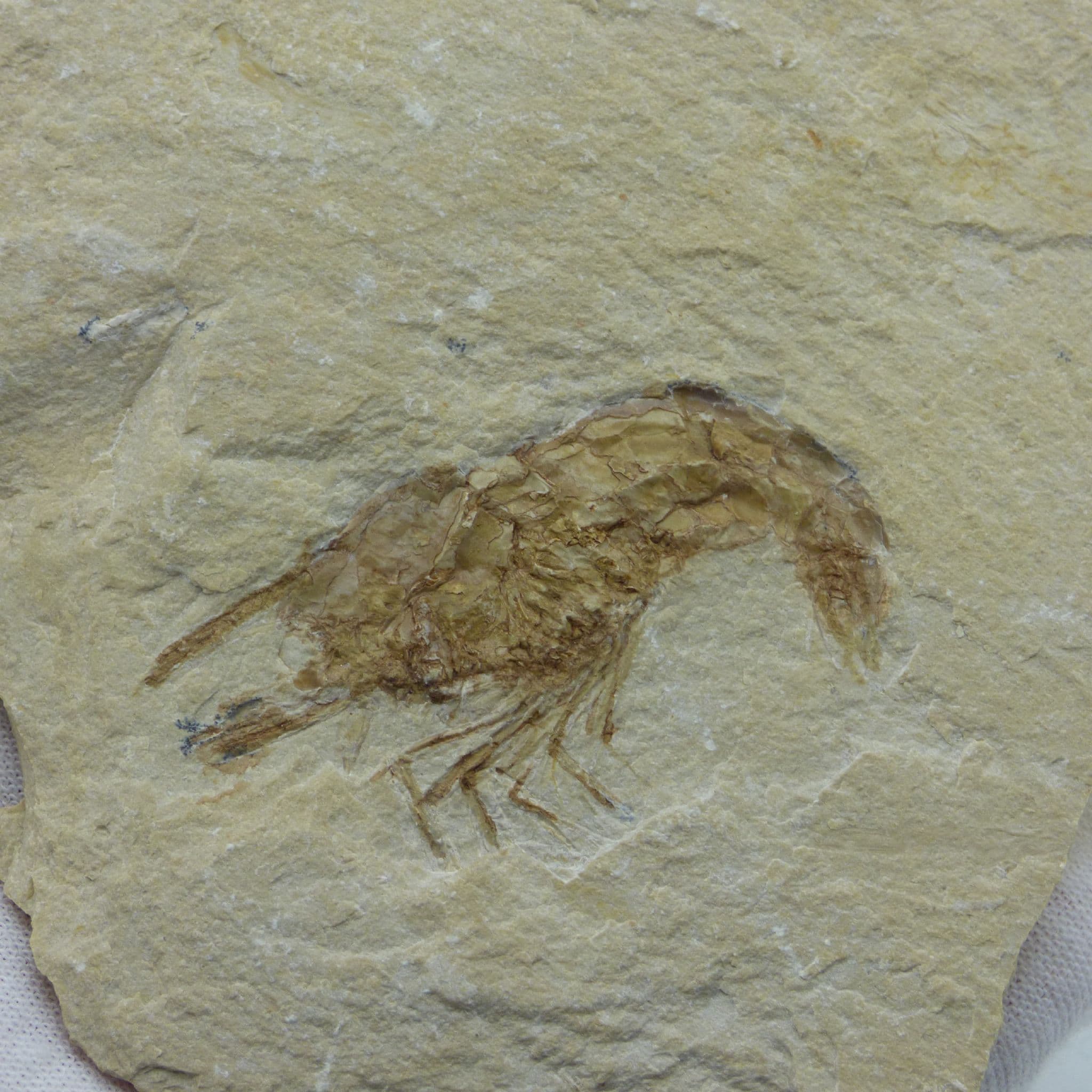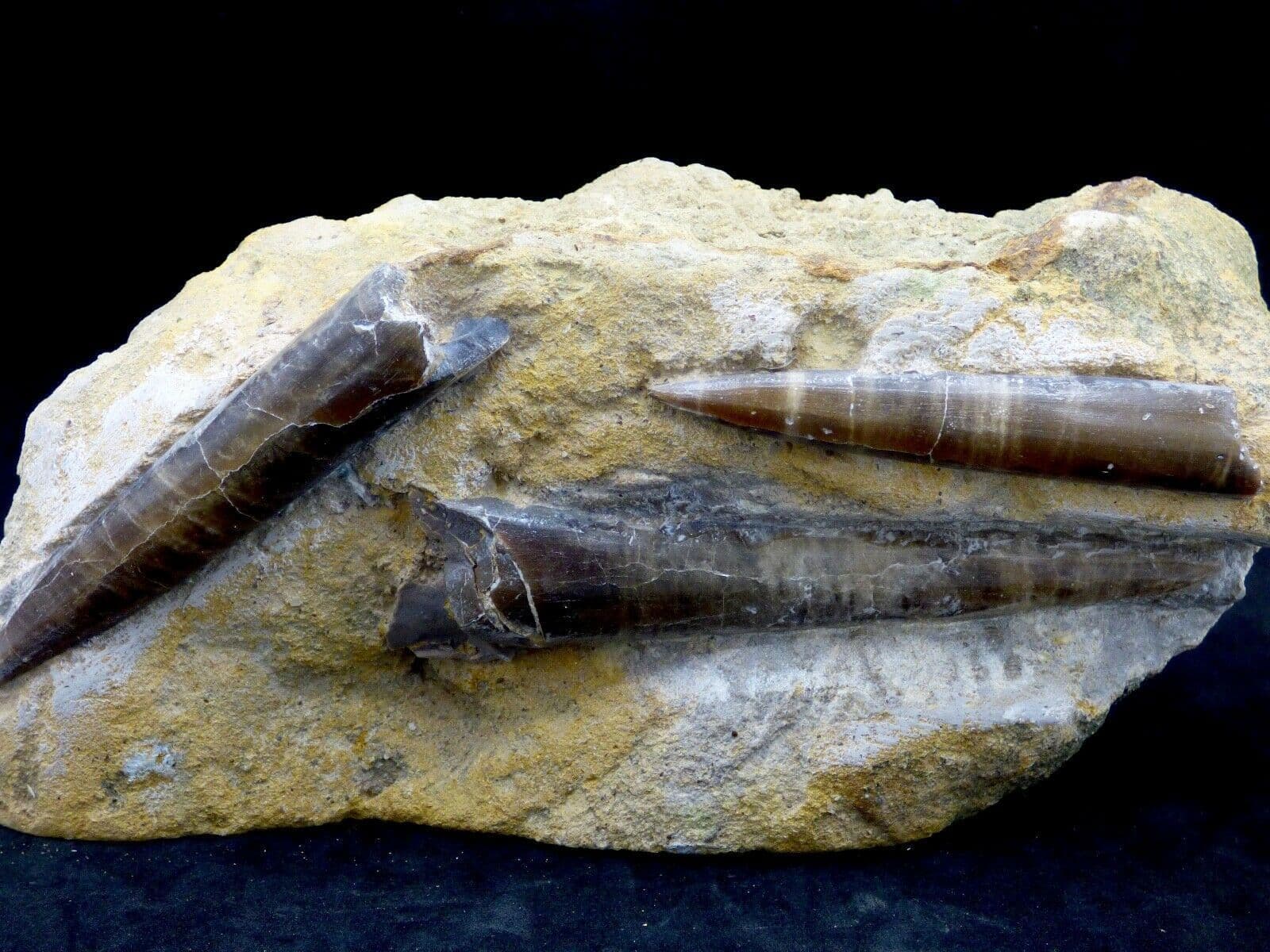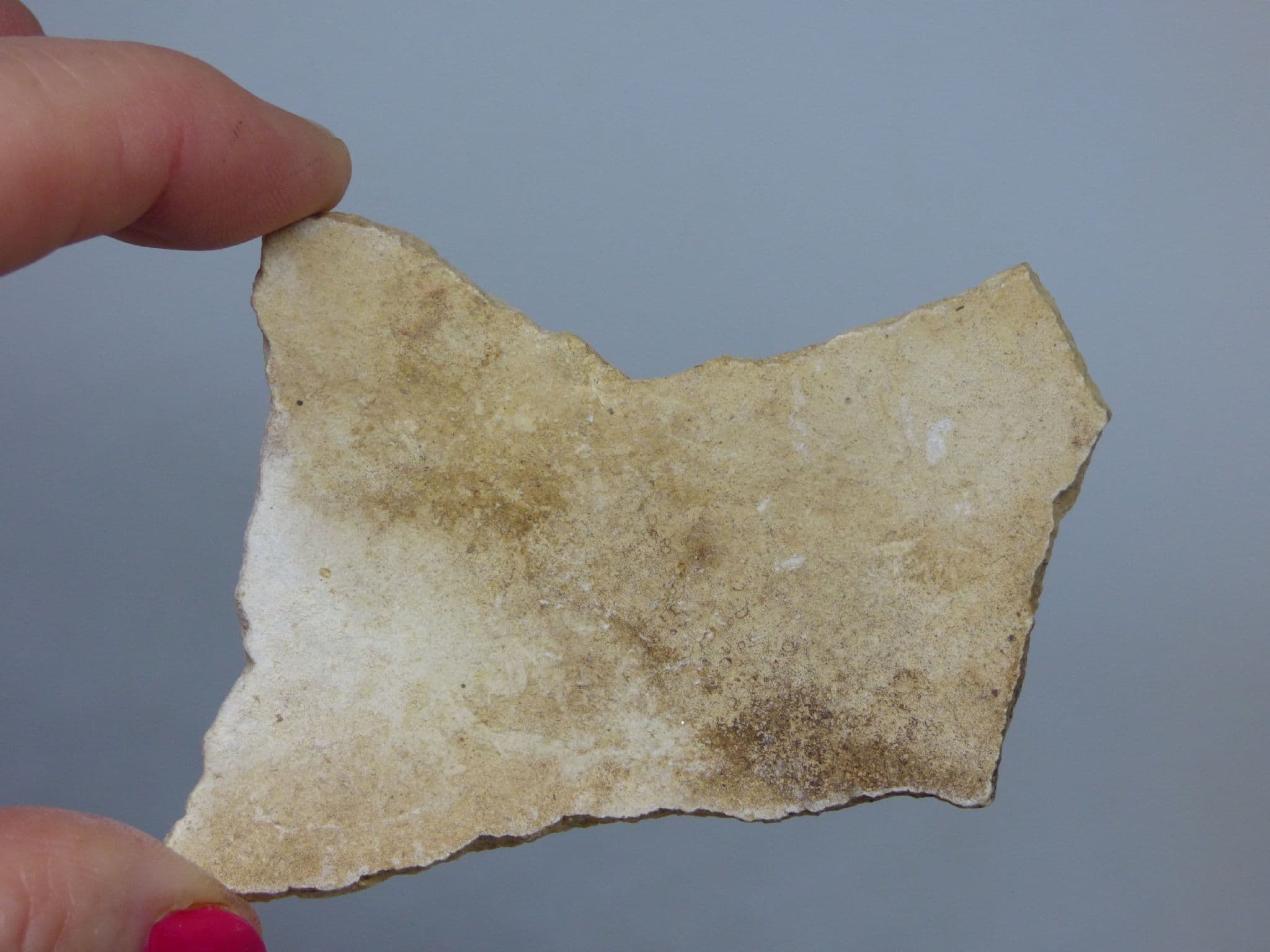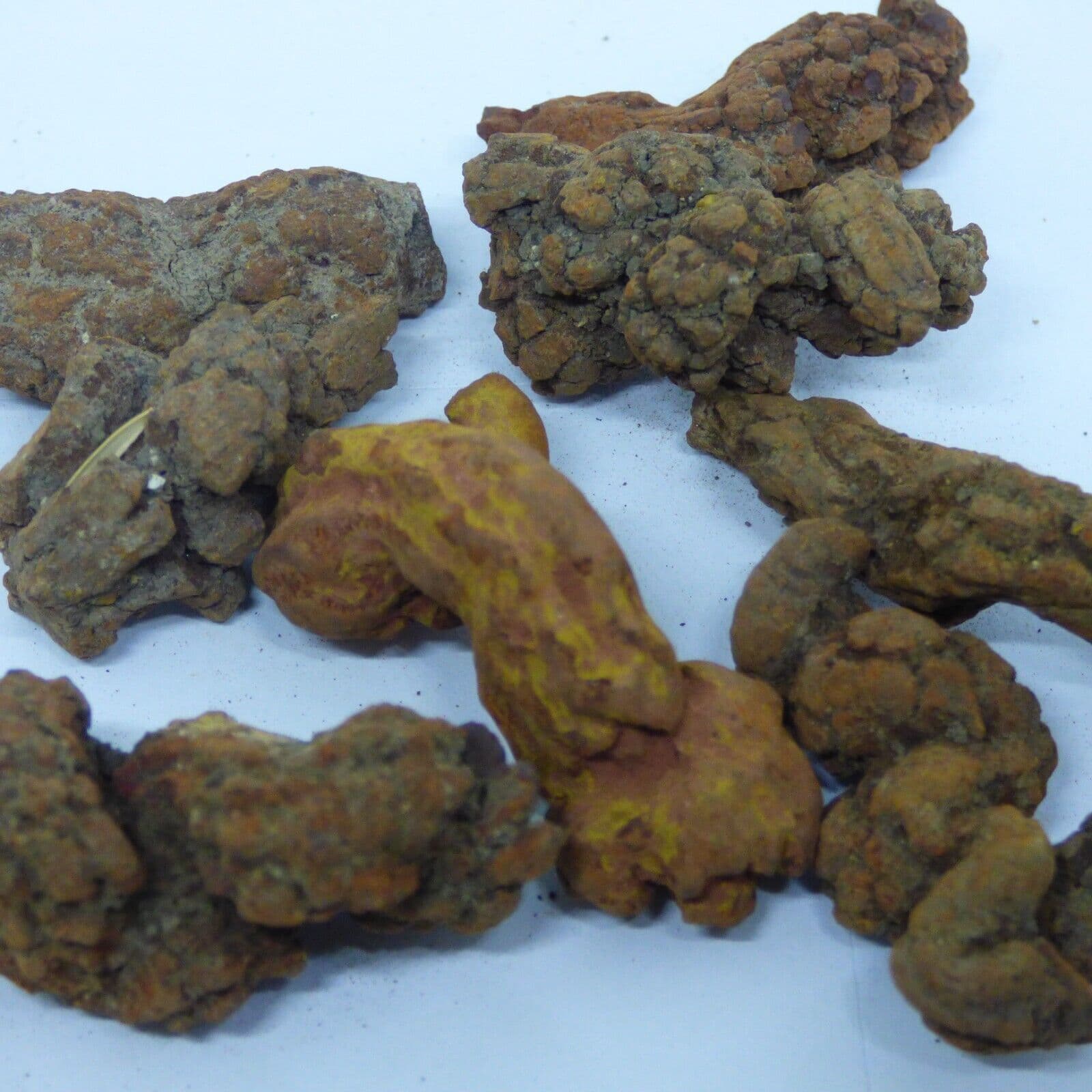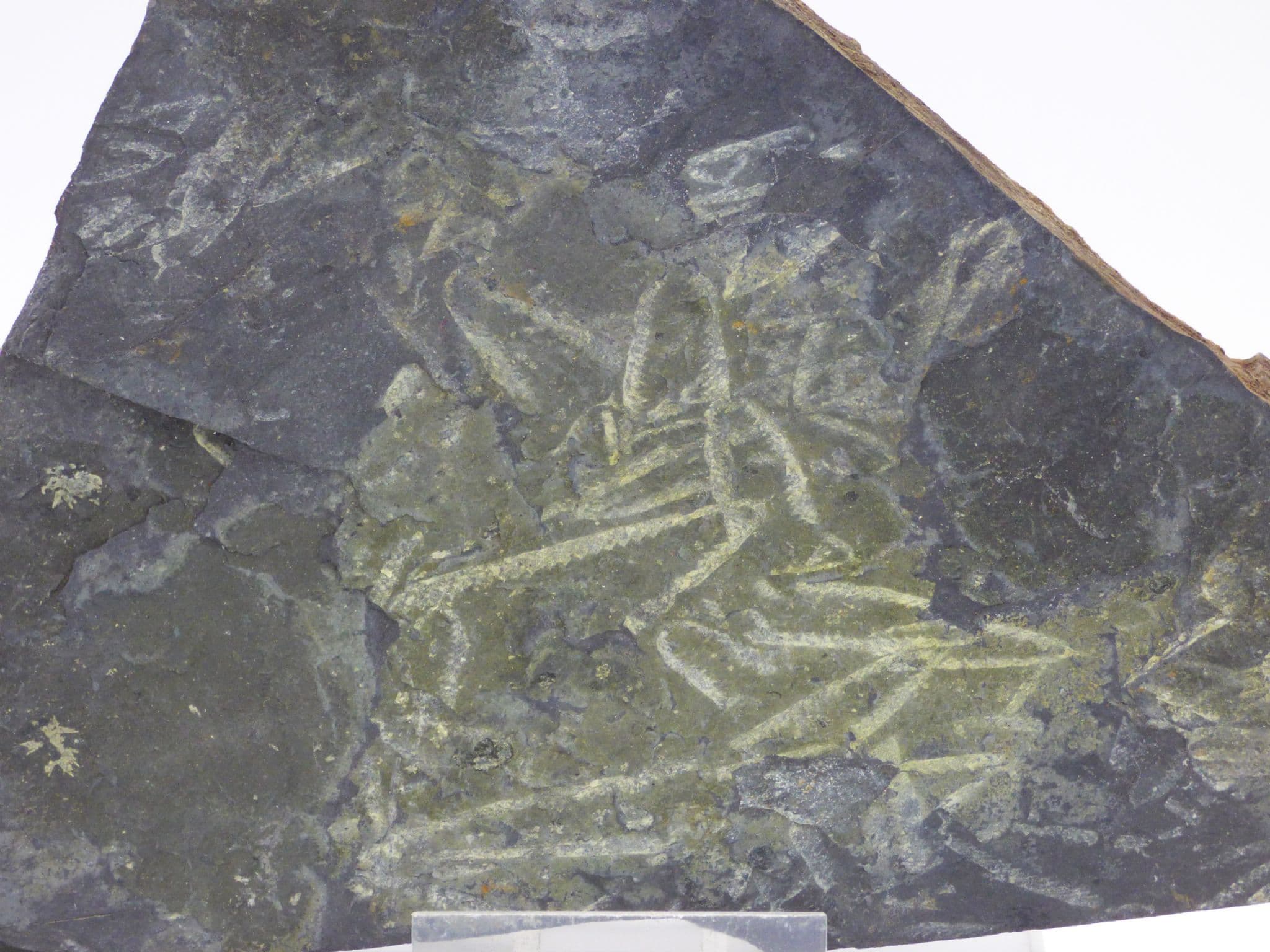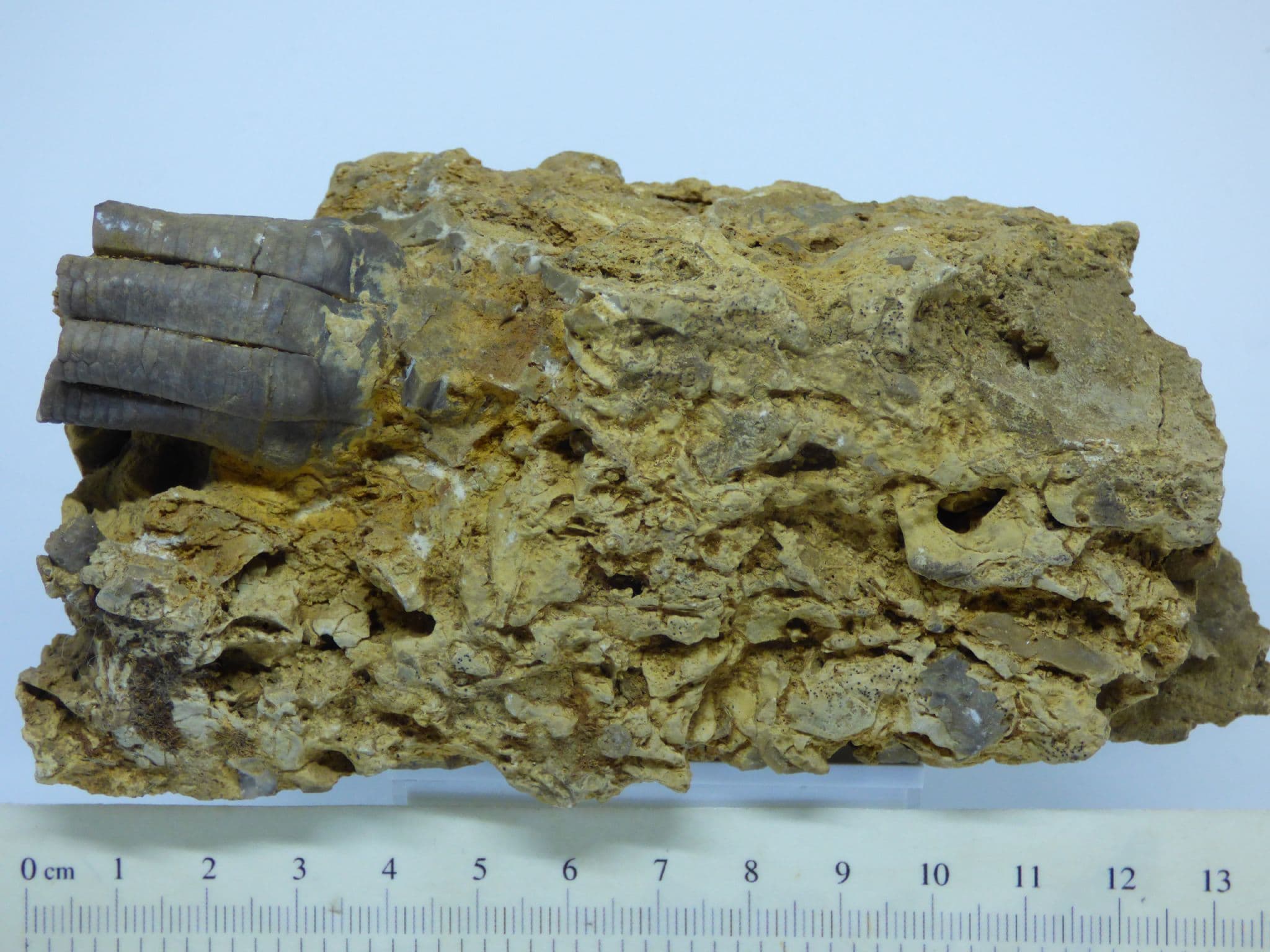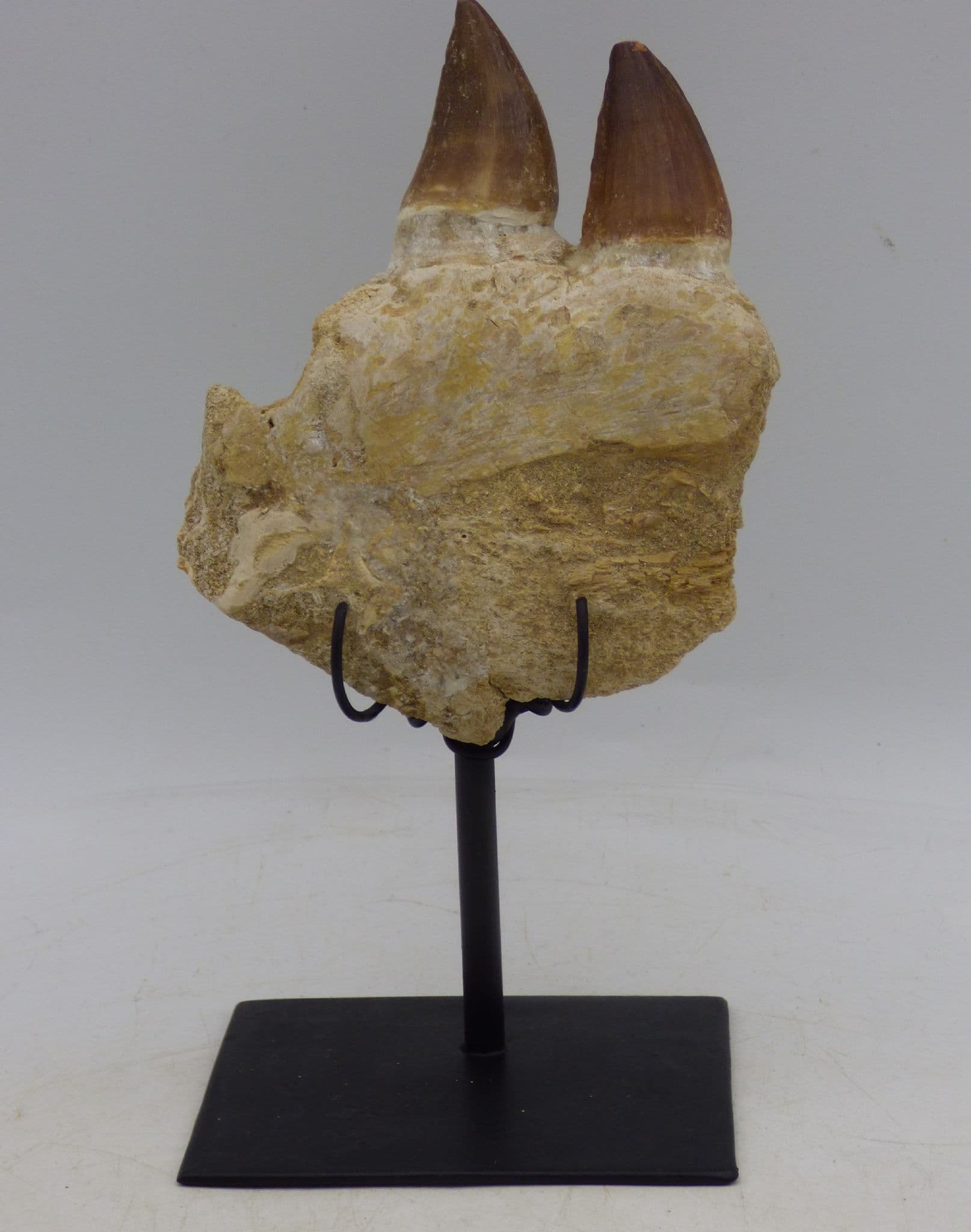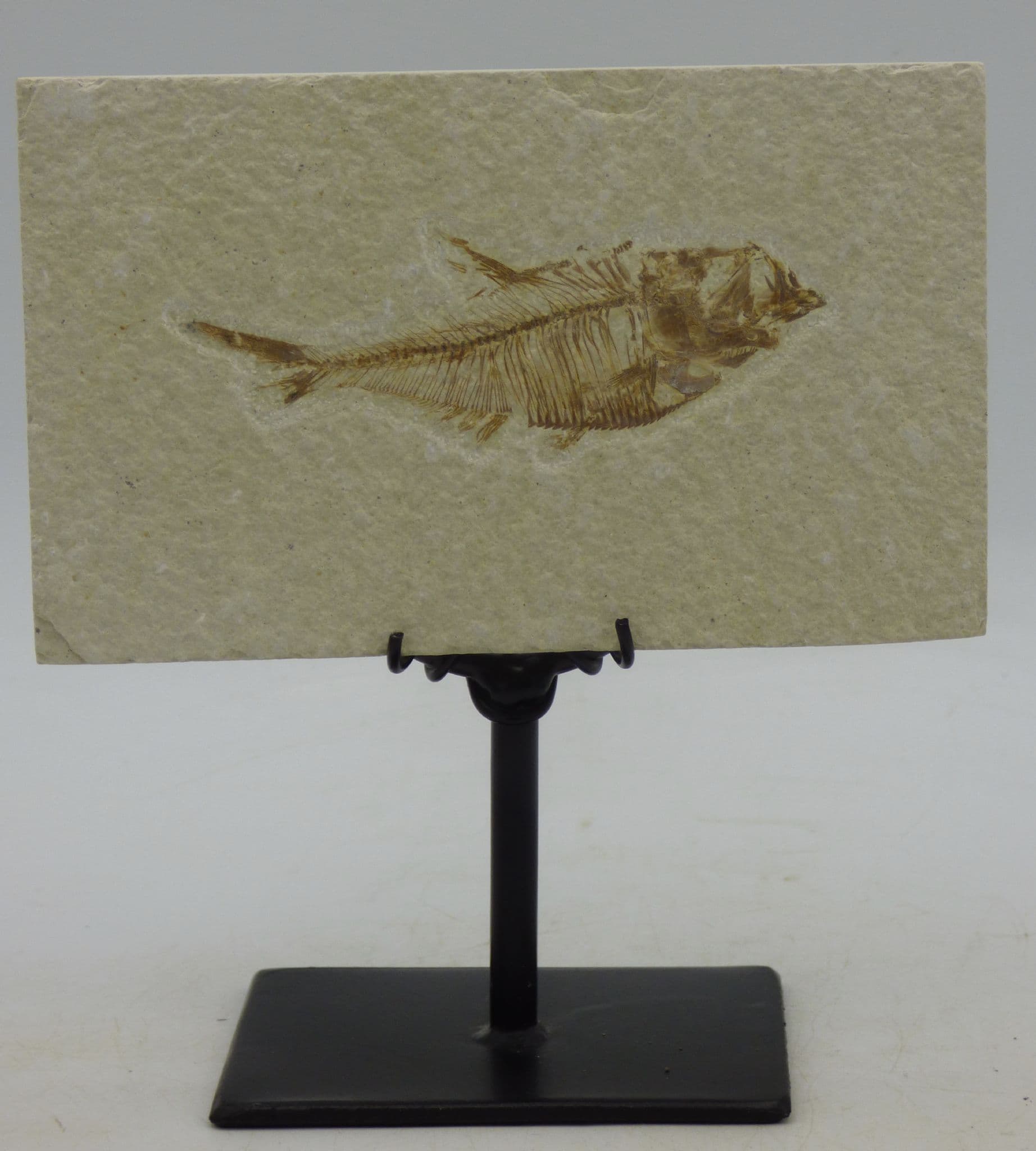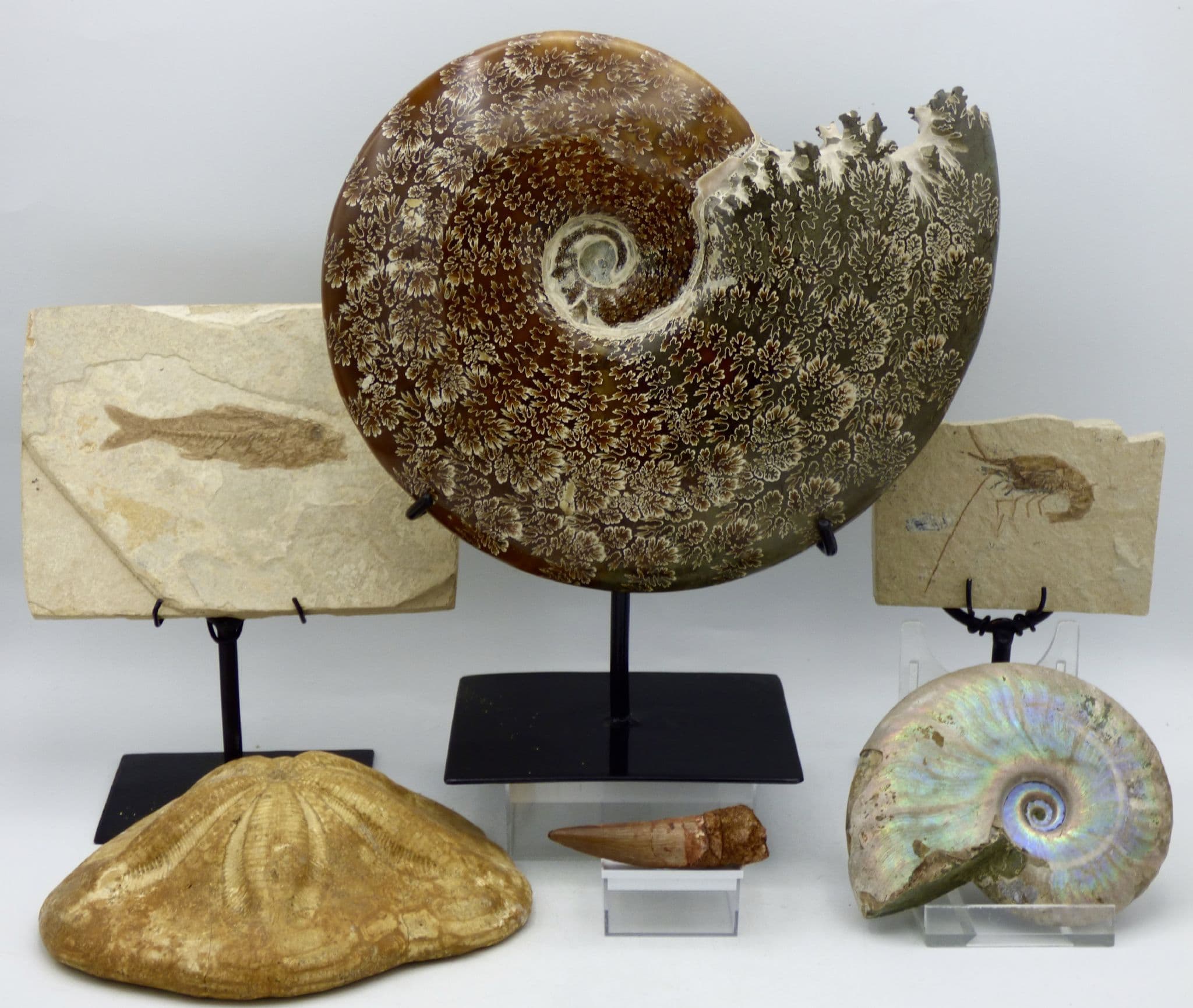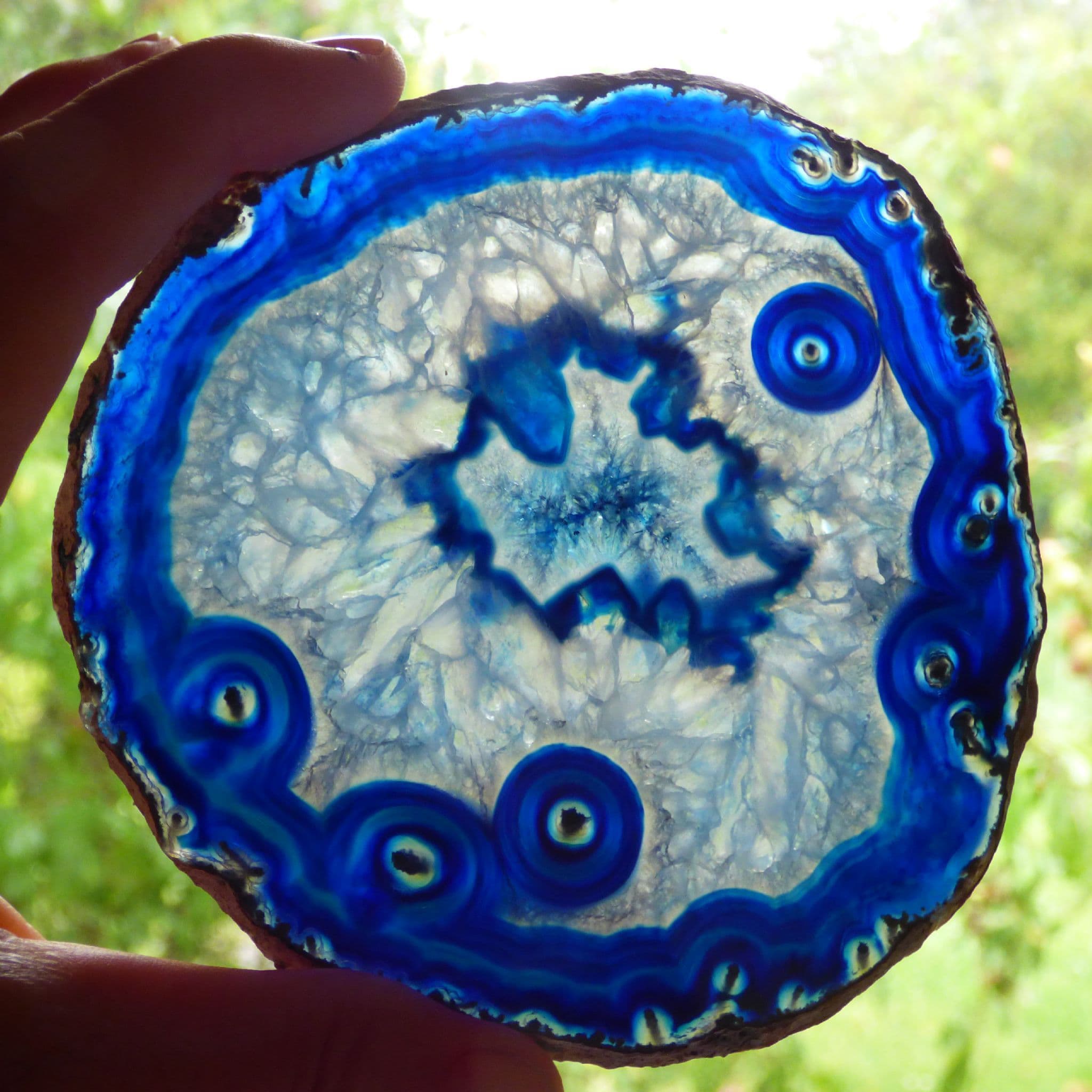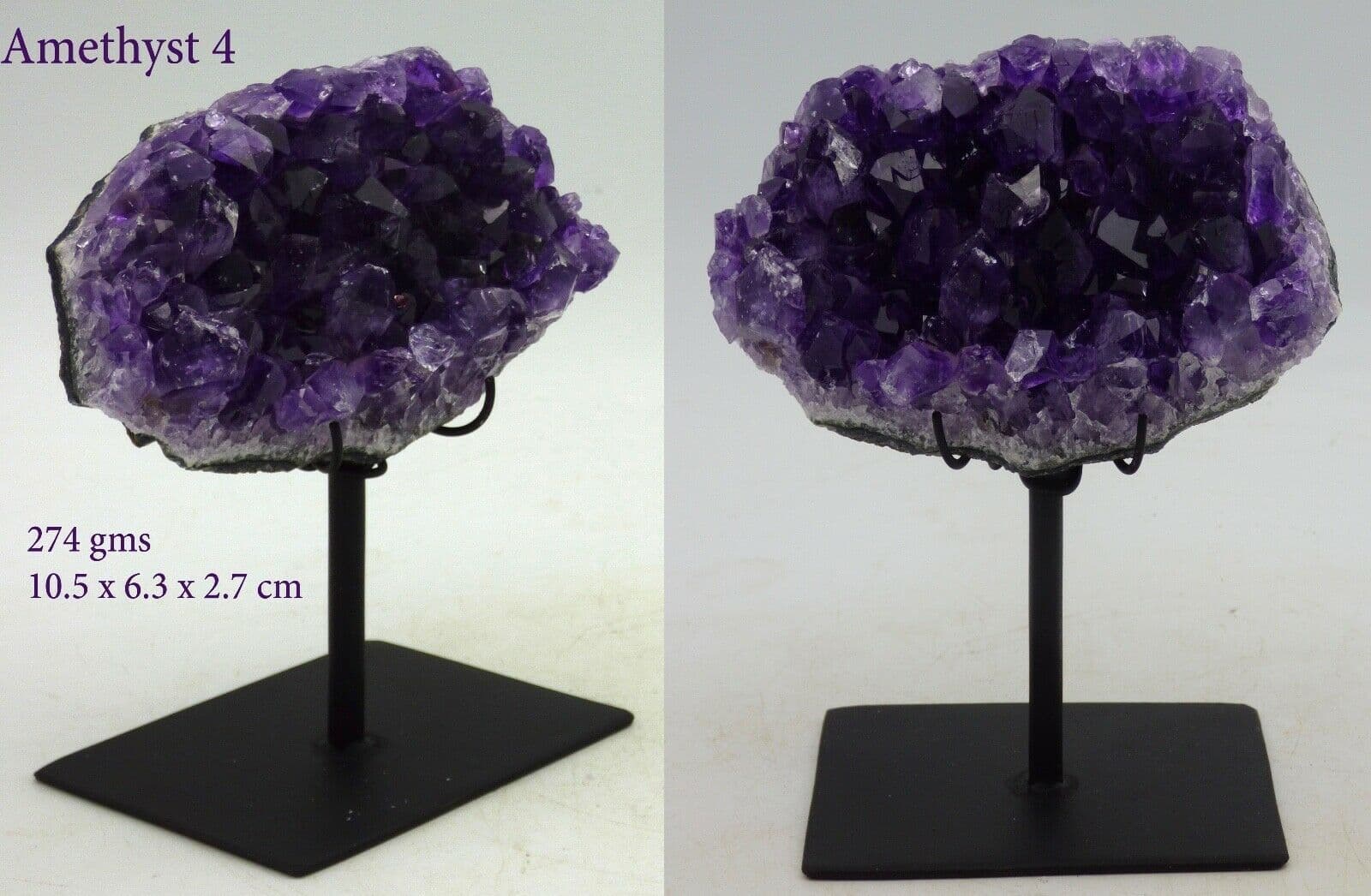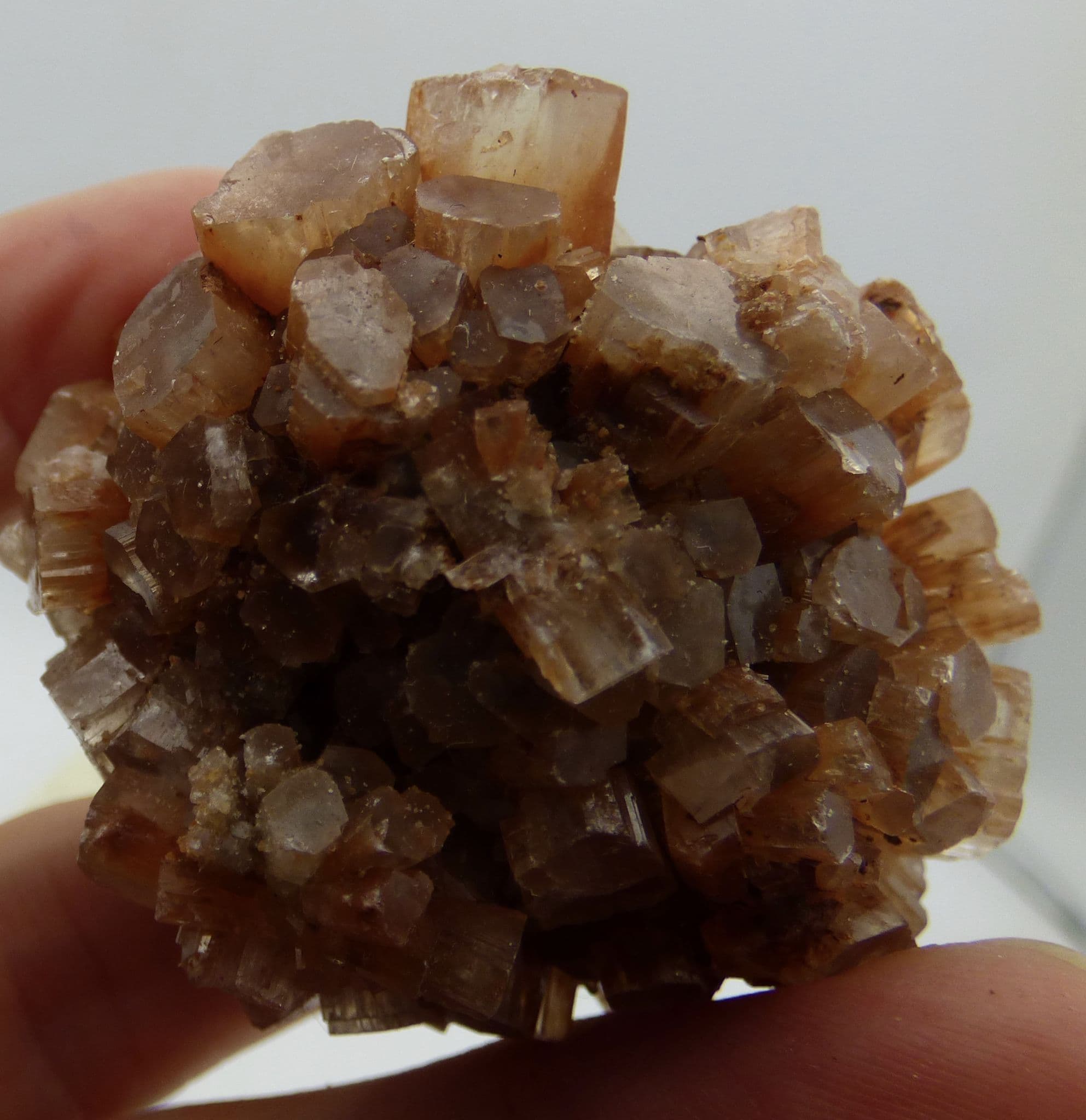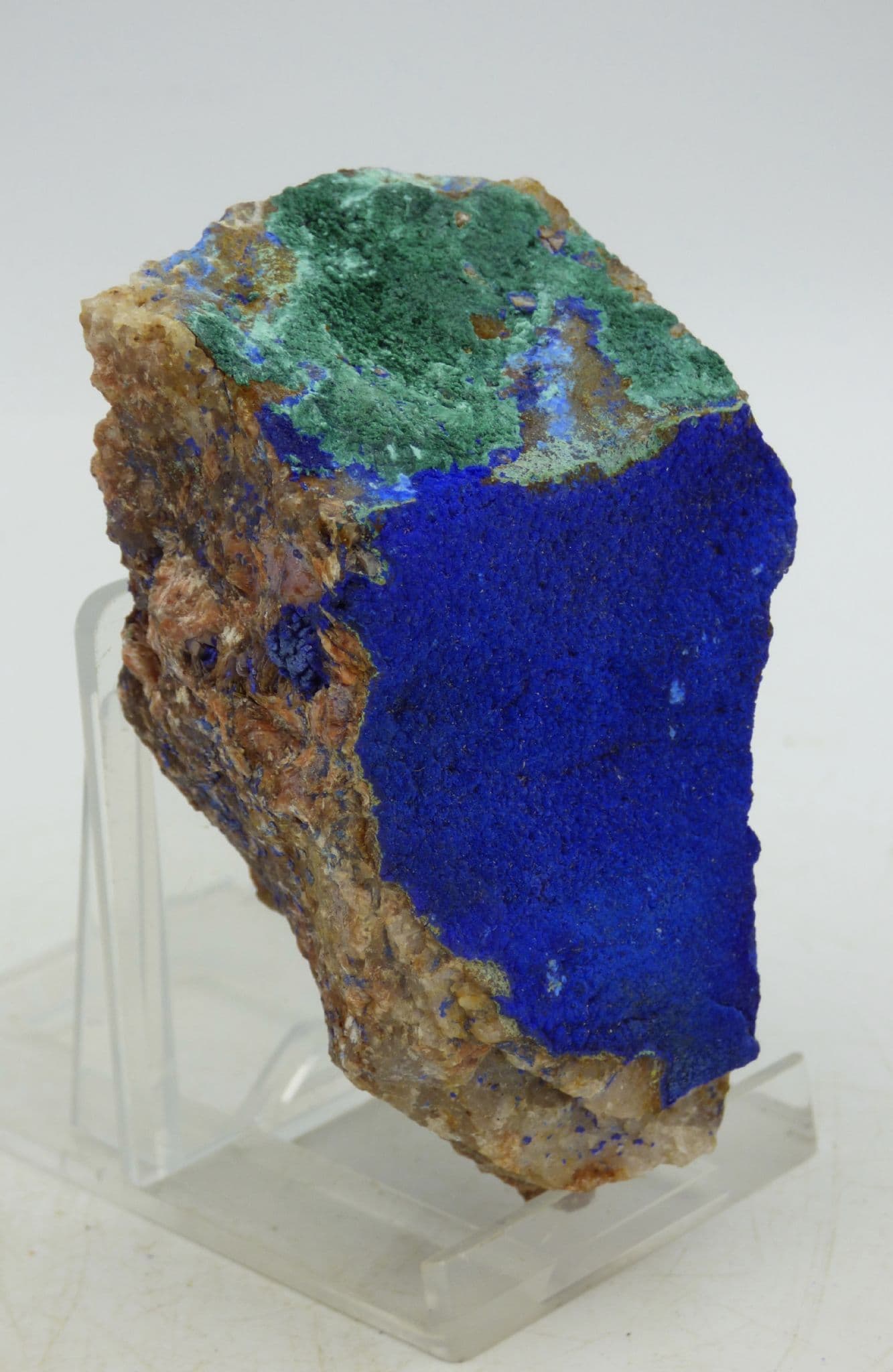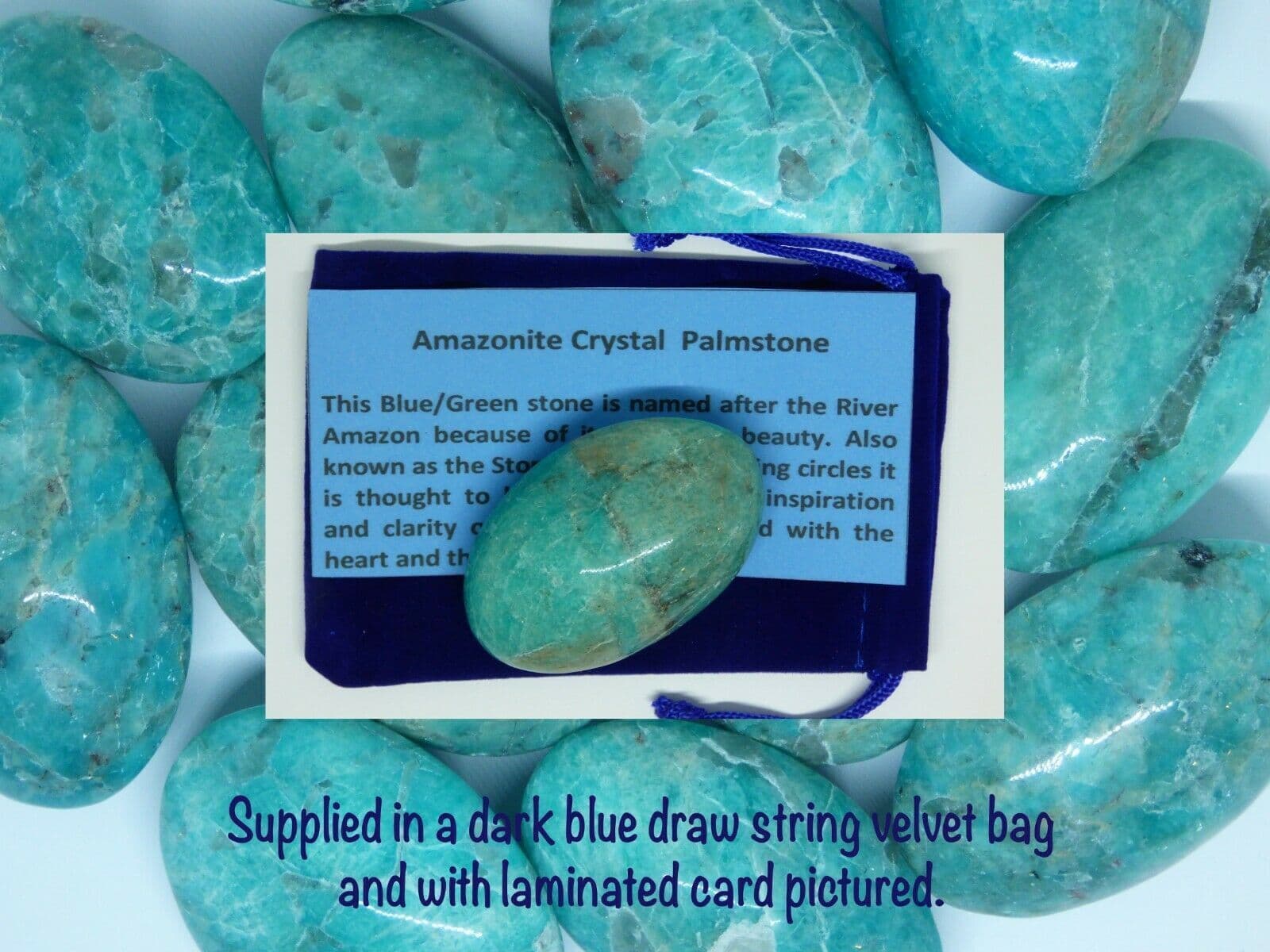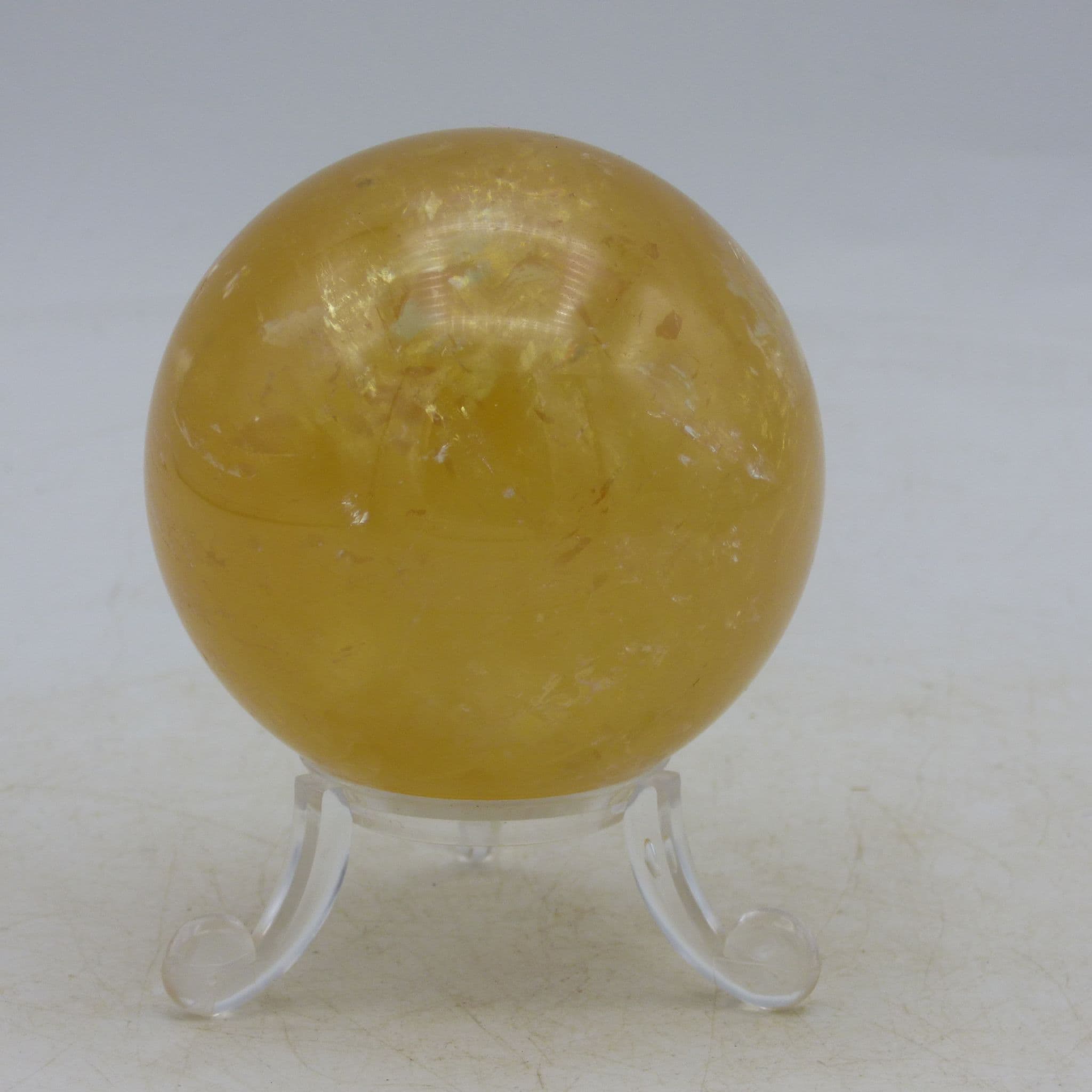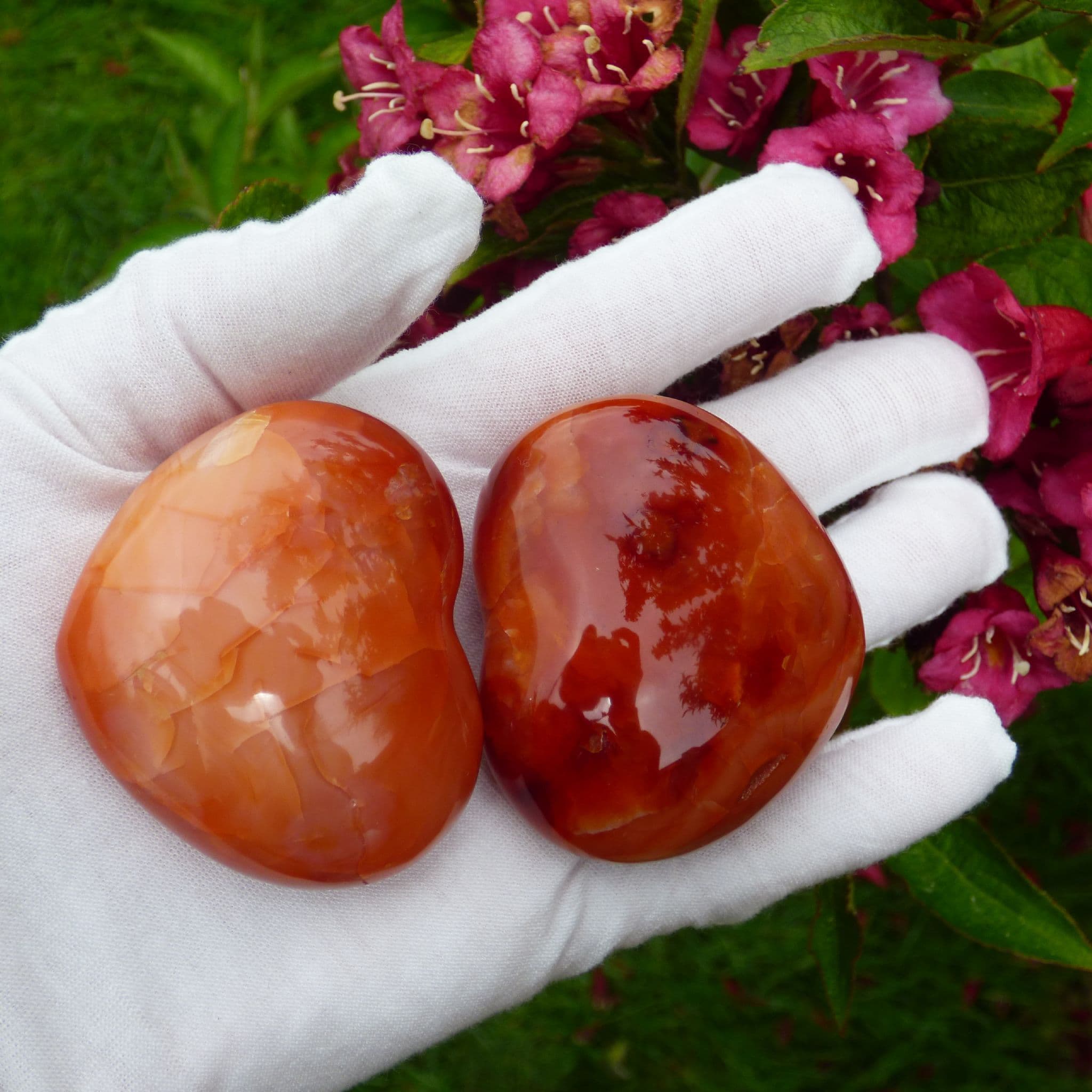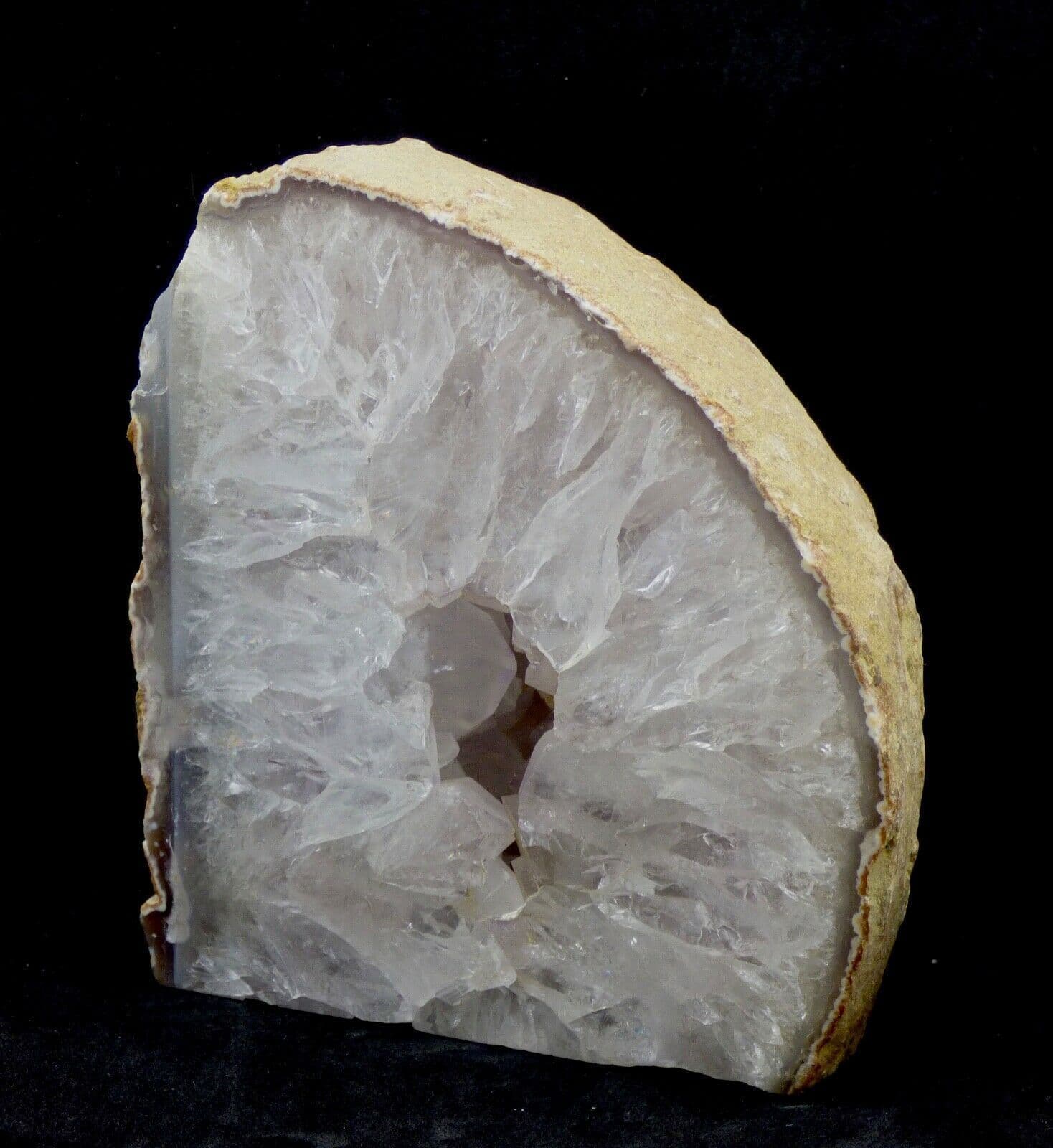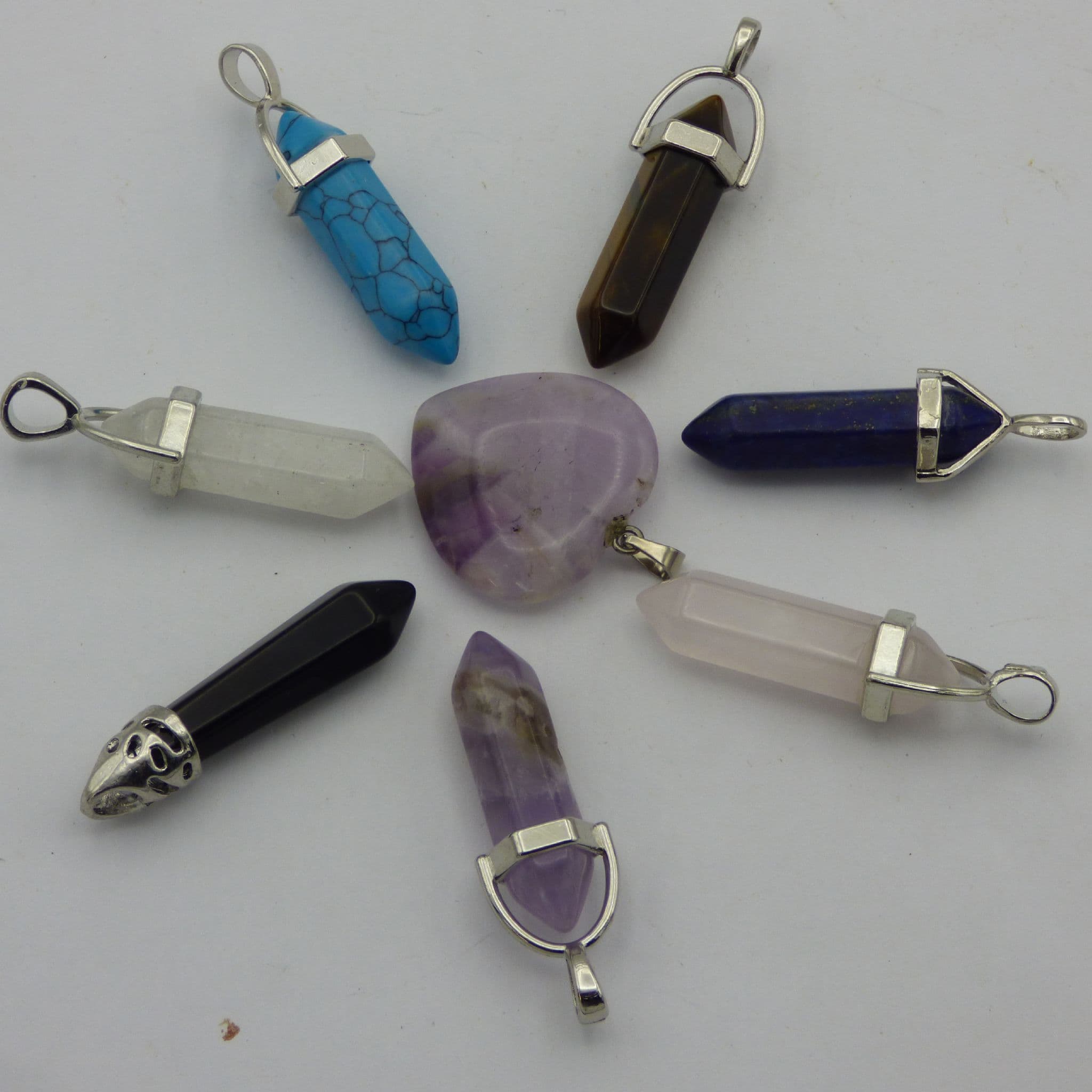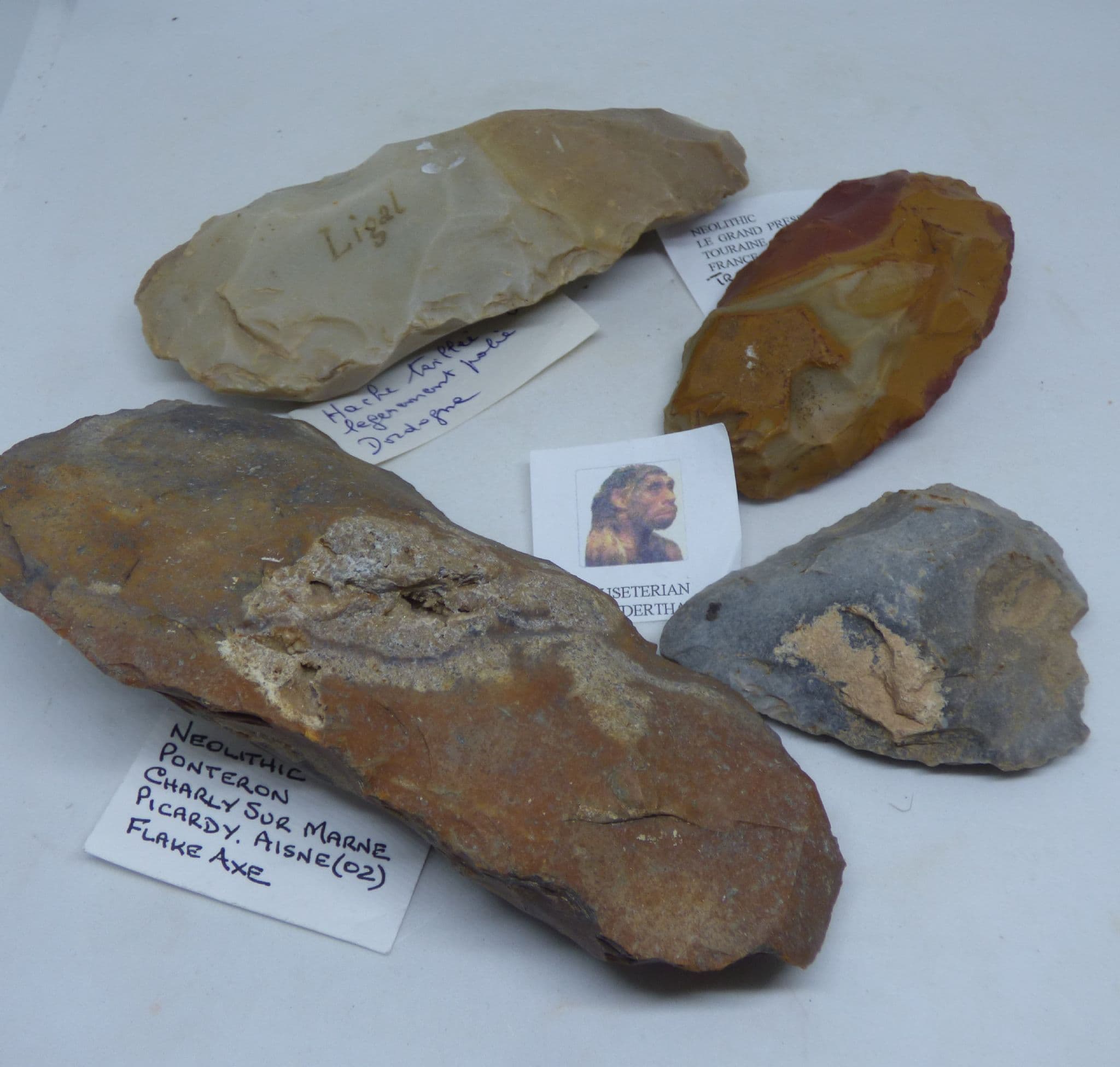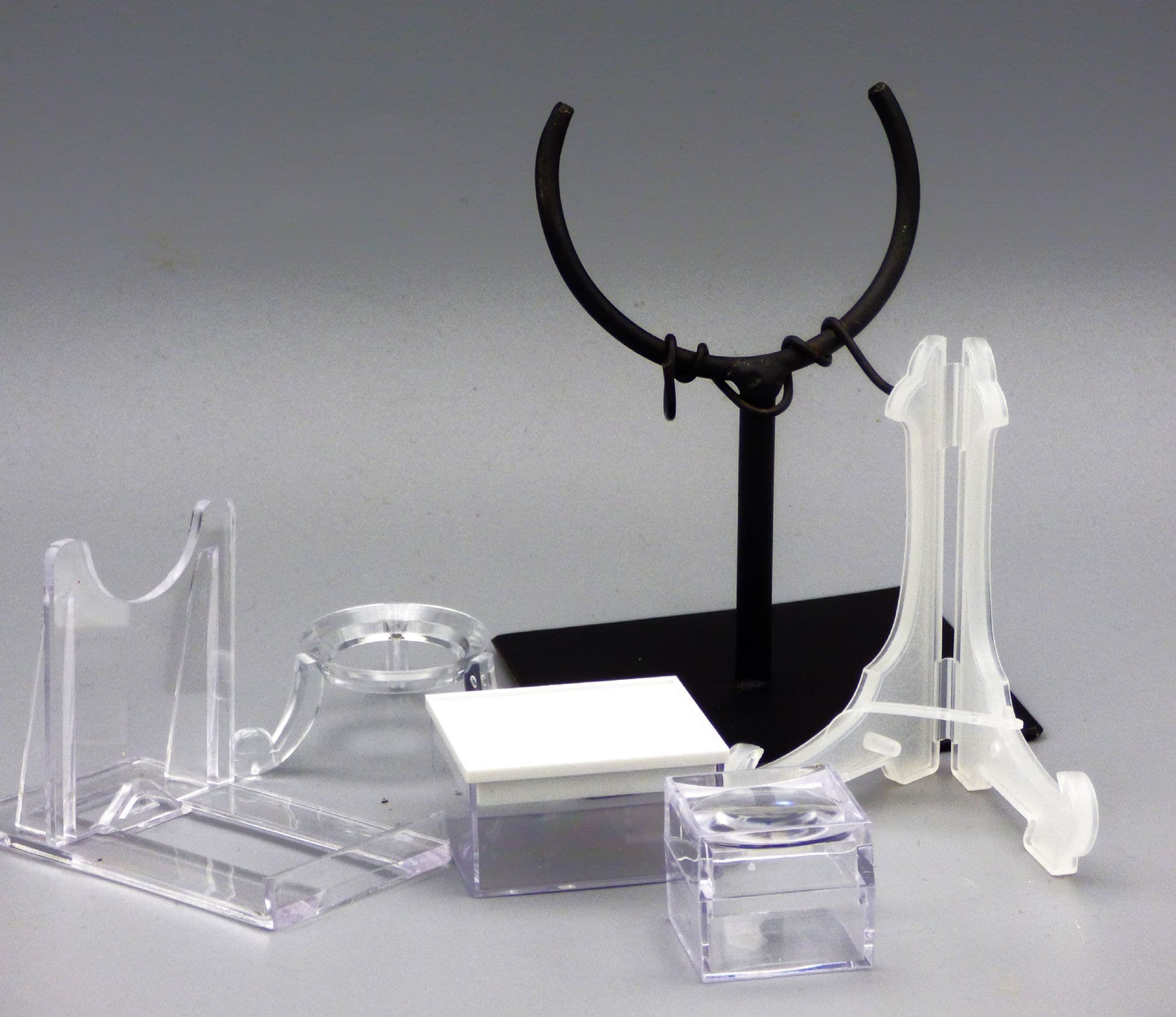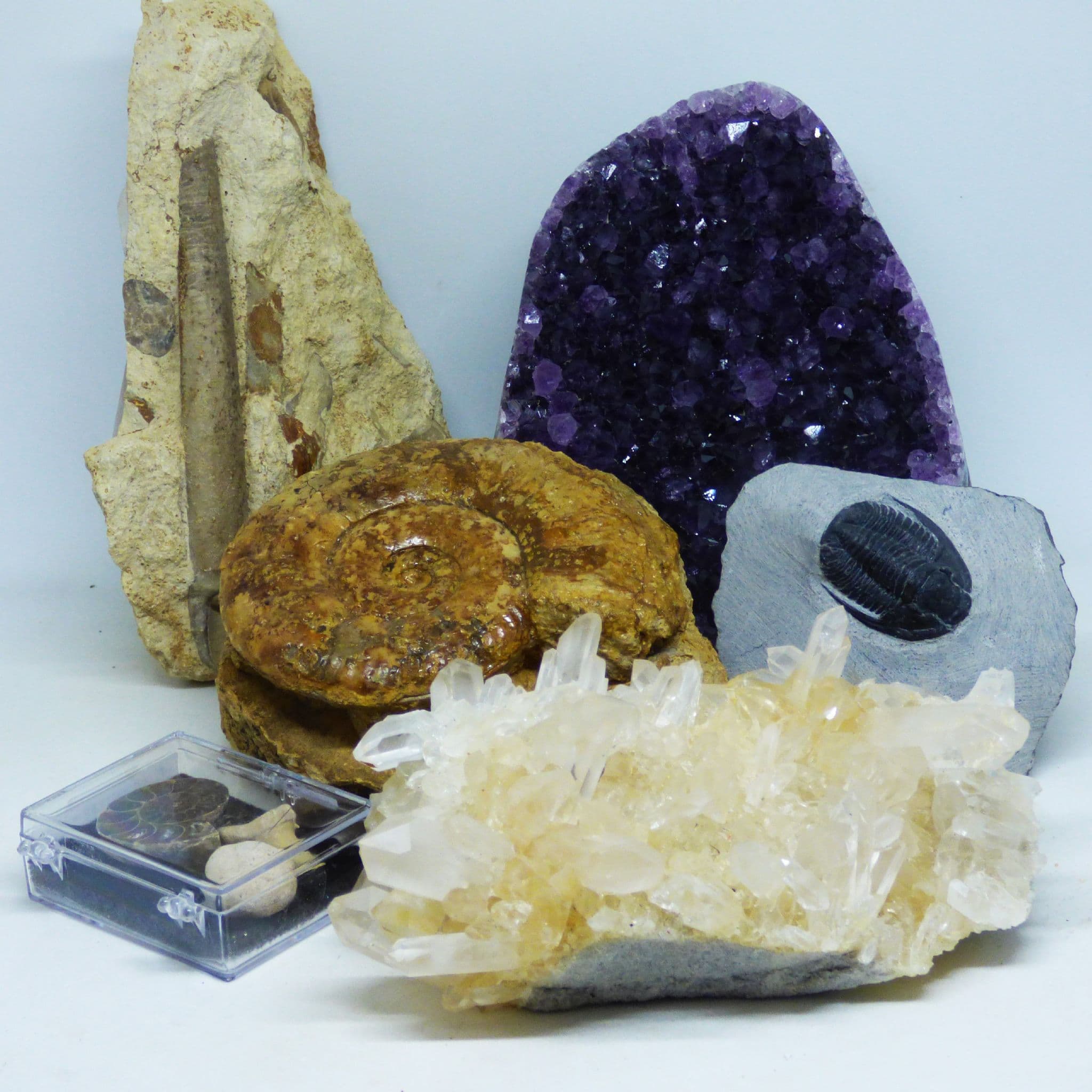Larg Ammonite Fossil Fire Red Iridescent Cretaceous on Matrix 36 x 28 cm + Stand
Guarantee Safe Checkout

Larg Ammonite Fossil Fire Red Iridescent Cretaceous on Matrix 36 x 28 cm + Stand
Large Ammonite Fossil Fire Red Iridescent Cretaceous on Matrix Display 36 x 28 cm + Stand Large Whole fire red Cleoniceras ammonite fossil mounted on Matrix.The beautiful flashes of reds and greens are produced by the mineral aragonite , which has replaced the original shell. This particular ammonite has exceptionally attractive flashes of green and reds when turned to the light. Polished and smooth, with a spiral pattern which reflects the wonder of nature. The ammonite is entirely natural but has been mounted matrix which would have been from the surrounding rock bed but the fossil would have been found near it and mounted to make a beautiful display piece. Supplied with a giant acrylic click and twist display stand.
Date: Cretaceous 120 to 110 Million years old
Provenance: Jungles of Mahajanga, North East coast Madagascar
Size: Size of Matrix 36 x 28 cm Size of ammonite itself is 10.8 x 8.7 cm. Weight 3 kg
Condition: The reds and greens can be best seen when tilted towards the light .code 1198


